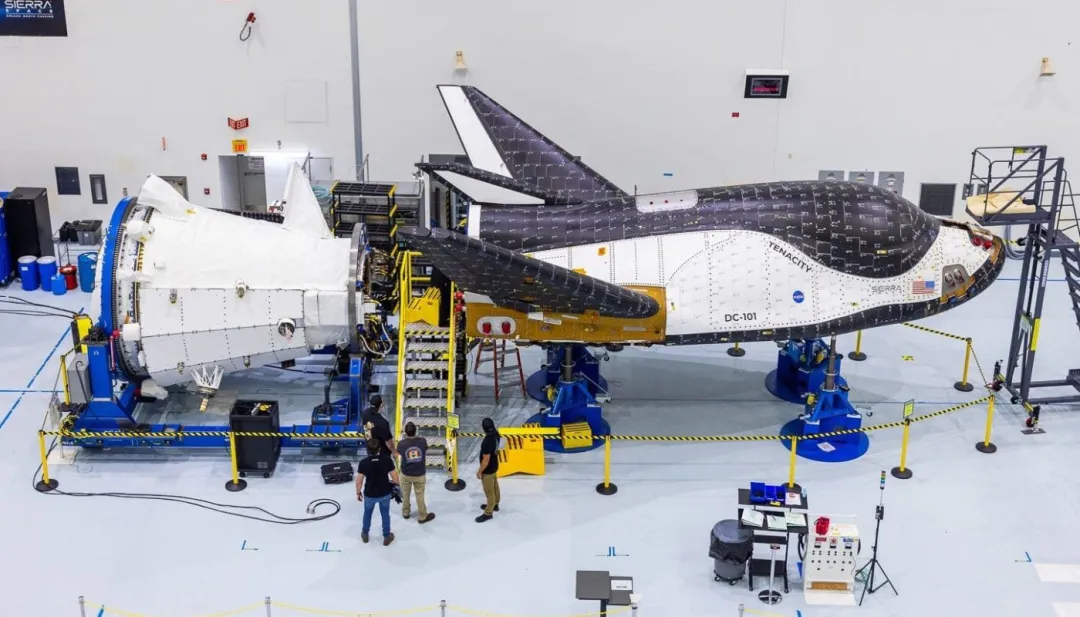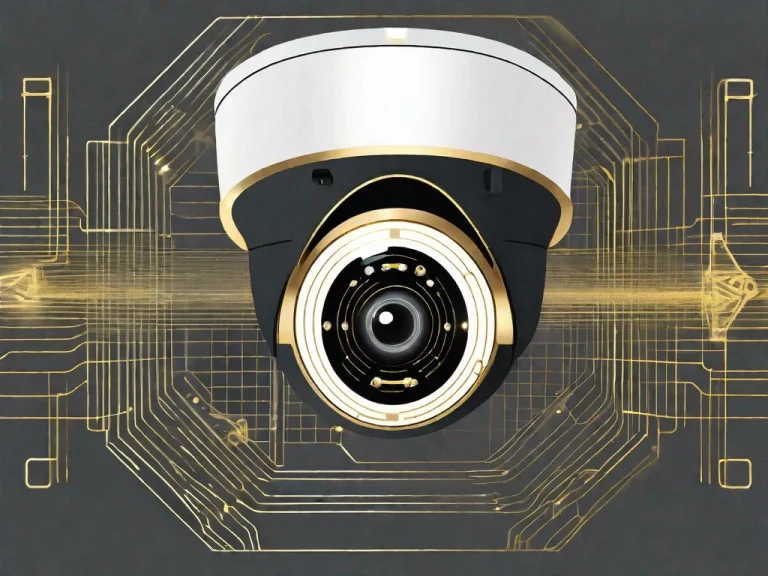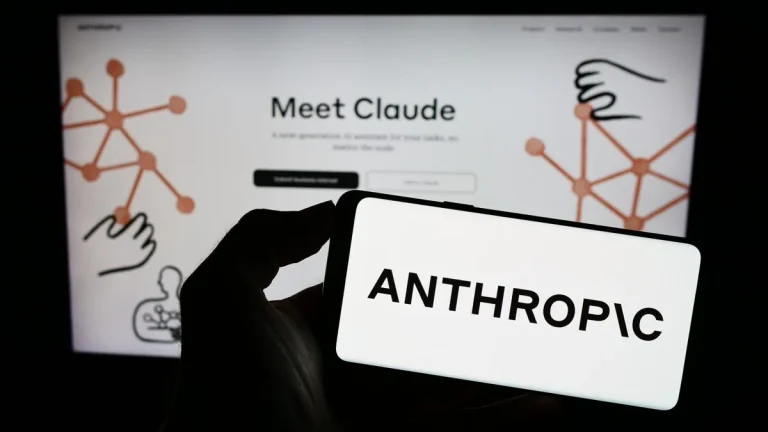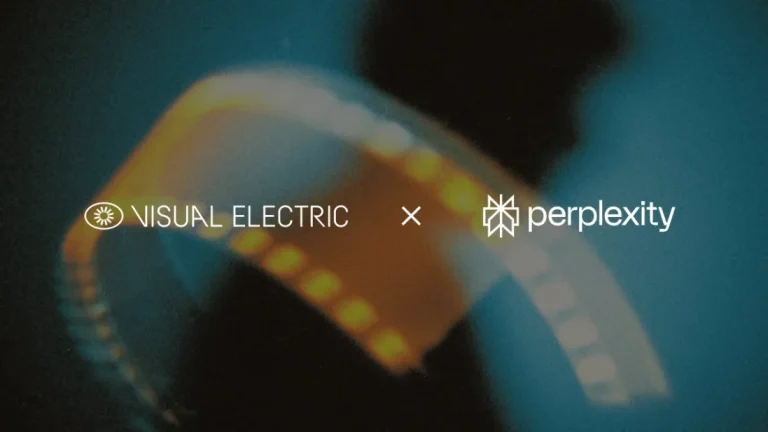
Sierra Space, a private aerospace company, once had an exciting vision: to build a reusable spaceplane, known as the Dream Chaser, that could deliver cargo to the International Space Station (ISS) and return to land on a commercial runway — much like a traditional airplane. Sierra Space, a private aerospace company, once had an exciting vision: to build a reusable spaceplane, known as the Dream Chaser, that could deliver cargo to the International Space Station (ISS) and return to land on a commercial runway — much like a traditional airplane. This promise, made nearly ten years ago, was meant to mark a new era of commercial space travel. But recently, that vision hit a major roadblock.
Earlier this week, NASA announced a major change to its contract with Sierra Space. Originally, NASA had committed to purchasing cargo delivery missions to the ISS using Dream Chaser. Now, that guarantee has been removed. Instead, the spaceplane will make its first flight in late 2026, but it won’t visit the ISS. It will simply fly independently as a demonstration mission — and NASA will only offer “minimal support” for the test.
This change significantly impacts Sierra Space’s plans. Space vehicles like Dream Chaser require massive investment, and these projects usually rely on guaranteed government contracts to justify the costs. In contrast, SpaceX, for example, received billions in funding from NASA to develop its Dragon capsule and Falcon 9 rocket. Now, Sierra no longer has the same level of financial backing and certainty.
The company is being forced to shift gears. With no firm NASA resupply missions ahead, Sierra Space is now rebranding Dream Chaser as a dual-use platform — something that could serve both commercial customers and military or defense needs. The company’s leadership is already pushing this new direction, highlighting how Dream Chaser’s unique features — like reusability and the ability to land on standard runways — could serve national security missions or future private space stations.
However, the clock is ticking. The ISS is scheduled to be retired around 2030. That gives Dream Chaser only a few years to prove its worth and attract other customers. But if Sierra Space can pull it off, Dream Chaser could still find a meaningful role in the next chapter of space exploration — as the only winged spacecraft ready to serve a wide range of missions. But recently, that vision hit a major roadblock.






